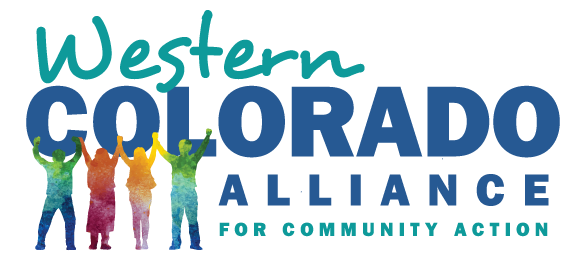- An Alliance For Community Action
- (970) 256-7650
- info@WesternColoradoAlliance.org
Governor’s oil and gas task force must prove its mettle
Governor’s oil and gas task force must prove its mettle
By Karen Sjoberg, printed in the Grand Junction Daily Sentinel Feb 15th
It’s crunch time for the governor’s task force on oil and gas. This is the commission Gov. John Hickenlooper set up to deal with conflicts among industry and governments surrounding local control of industrial activities, including proximity of oil and gas operations to homes, schools and other public buildings.
The problem almost ended up on the ballot last November, but the governor presumably sought to avoid the costly, “earth-scorching” battle that would ensue by appointing 21 representatives from across the state to come up with solutions.
The work of the task force, the governor said, was “to minimize land-use conflicts that can occur when siting oil and gas facilities near homes, schools, businesses and recreational facilities.” Environmental groups and industry backers backed off from the ballot initiatives and agreed to give the commission a chance.
The task force recommendations are due at the end of this month. Unless the governor can address the hard issues we have been dealing with for decades, the effort will have been meaningless. To be clear, the task force must forward recommendations that allow local governments to go further than state regulations. The task force and the governor have failed if nothing substantive is done to address the controversy over local control. The ability for locals to go beyond state regulations is vital even in places where government officials choose not to exercise their powers because it gives residents an important tool to push our elected leaders to take action.
Members of Citizens for Clean Air continue to talk with local government about concerns and solutions surrounding our poor air quality, and having additional means to put local solutions into action will be to the advantage of both the human and economic health of the Grand Valley.
We appreciate the difficulty of the assignment and the hard work that has gone into the effort. But unless Hickenlooper can work to ensure strong recommendations that allow Colorado meaningful protections, those ballot initiatives are sure to appear once again in 2016.
Indeed, last February Colorado showed remarkable leadership under the governor’s watch when industry, environmental groups and governments came together to form substantive oil and gas pollution protections. These first-in-the-nation standards, particularly methane controls, are now being used or considered as a model for similar efforts in other states. This accomplishment illustrates our ability to work out our differences in the face of an extremely challenging problem: Update old laws so that we can deal effectively with what has become a mega-industrial activity working its way closer to the areas where we live, work and play.
The oil and gas industry has arguably met the energy demands that we all appreciate and have become accustomed to. We are not opposed to the industry, but operations become a problem when local governments and residents are forced to have industrial operations in their neighborhoods and next to schools.
Air quality in the Grand Valley concerns us. Our priorities here are to “do no harm” to an already deteriorating air quality situation. We cannot afford to add more pollution to the Western Slope. So far we’ve had a mild winter without the brown cloud we’ve experienced in some years. But the various pollutants that contribute to asthma and other respiratory and cardiologic diseases have not disappeared. Other sources besides oil and gas emissions contribute to our growing air pollution problem, and any incremental increase in any of them, especially ozone and fine particulates will move us closer to violating national standards for health and safety. We are already seeing respiratory ailments among children, the elderly and those with existing health problems. And air quality degradation ultimately affects our economy. Vehicle emissions, woodstove and open burning, dust from construction, dirt roads and ATVs all contribute to the decreasing quality of our air. In addition we have 108 oil wells on the northwest side of the Grand Mesa that are waiting to happen, an activity that will have direct impacts on the air in our region. Mesa County is not immune from the decisions the governor’s task force is making right now.
We must be assured that our children and families on the Western Slope and throughout the state get the protections we need. We urge the governor to once again show strong leadership and, without unduly burdening the oil and gas industry, make sure his task force succeeds at adopting substantive recommendations that protect our fellow Coloradans.
We are counting on the task force and the governor.
Karen Sjoberg is the chairwoman of Citizens for Clean Air based in Grand Junction.

